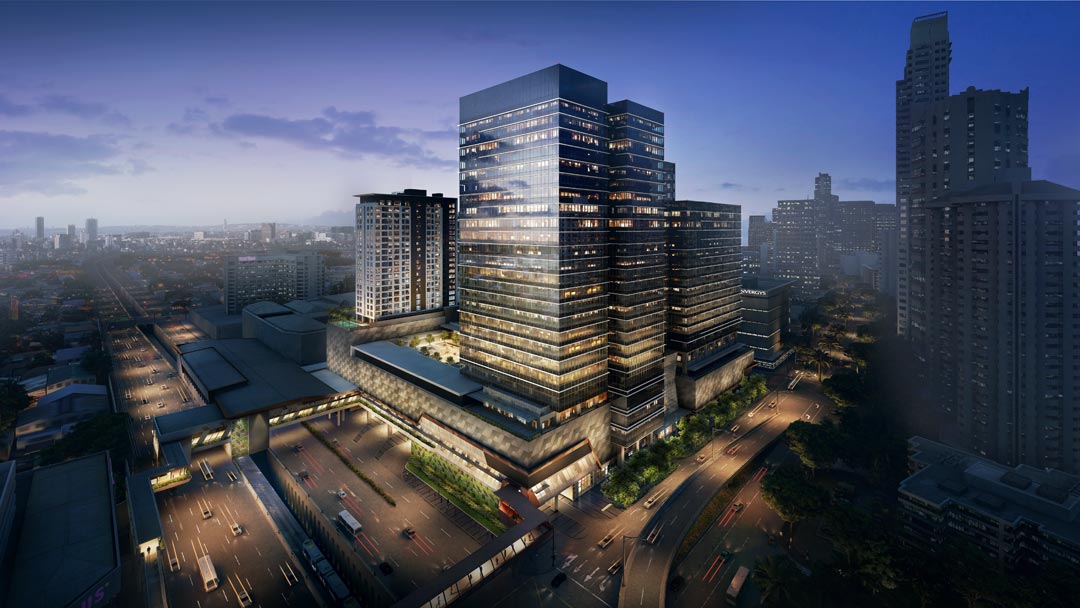
One Ayala: an inclusive transport hub along EDSA
One Ayala by Visionary Architecture is shortlisted in the World Architecture Festival 2017 under the Infrastructure – Future Projects category.
In a country Waze tags as having the 10th worst traffic in the world, transit-oriented development—the creation of compact, walkable, pedestrian-oriented, mixed-use communities centered around quality train systems and bus stations—may be one of the best ways the private sector could benefit from building for a public good. In Makati, the capital’s urban core, commuters are forced to take the overcrowded MRT or endure a long and crowded bus ride as barriers around the sprouting private enclaves restrict traffic flow in and out of the city.
Faced with an opportunity to design a mixed-use development on the site formerly occupied by the Hotel InterContinental Manila, the gateway to Makati Central Business District, Ayala Land partnered with Visionary Architecture to make the once impermeable site accessible to a mixed gradient of users, symbolizing the democratic ideals of social integration over isolation, of inclusion over exclusion.
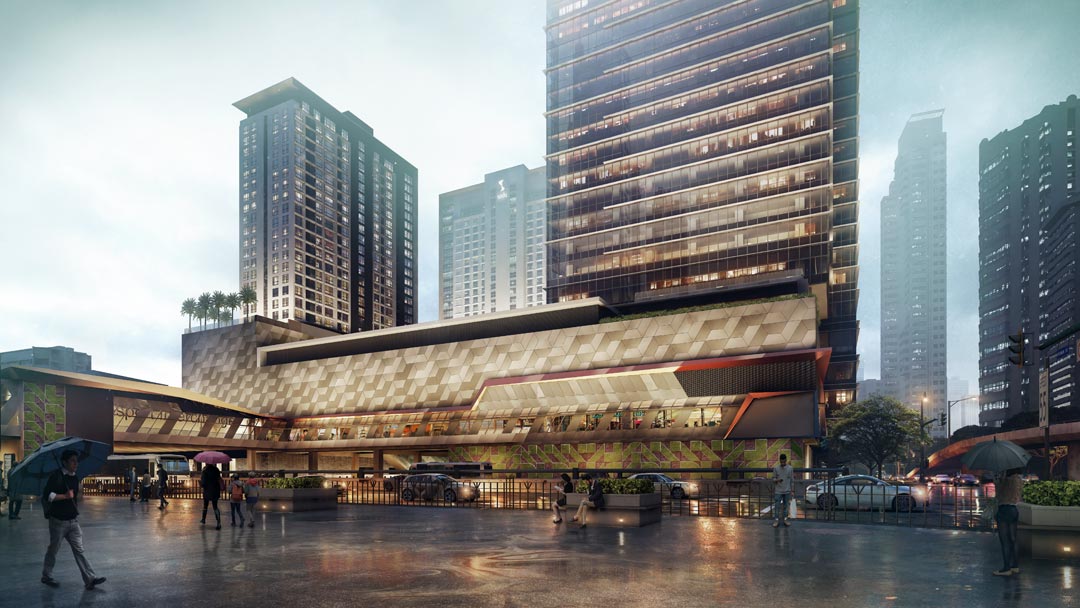
The recently demolished hotel will be replaced by a 390,000-square meter transit-oriented development dubbed “One Ayala” after its address at No. 1 Ayala Avenue corner EDSA. At the heart of the development is an intermodal transport hub that will meld Makati City’s mass transportation modes into a single, unified system. As an anchor, it will pull together the project’s major components: a 609-room business hotel, a condominium, two office towers for the robust BPO industry, and a retail podium with 54,700 square meters of leasable space.
The ground floor will have a naturally-ventilated BRT terminal for point-to-point buses, with wide bays for regular city buses and a separate terminal for public utility vehicles at the basement. No longer will commuters have to fight for space on narrow and unshaded sidewalks and occupy the carriageway to catch a ride in the rush hour. They can buy their tickets and wait comfortably inside the expansive concourse atrium on the second floor surrounded by three levels of shops, food stalls, and restaurants. The same concourse will connect to the existing MRT Ayala Station, sparing train commuters the agony of lining up several blocks down the street under the oppressive weather.
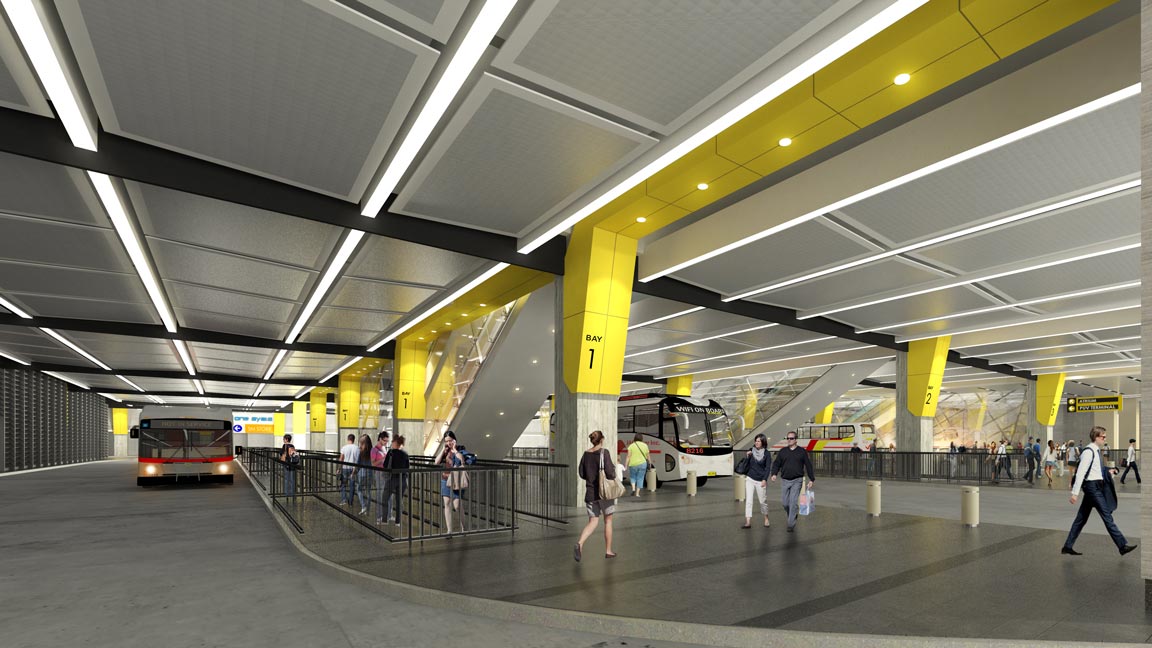
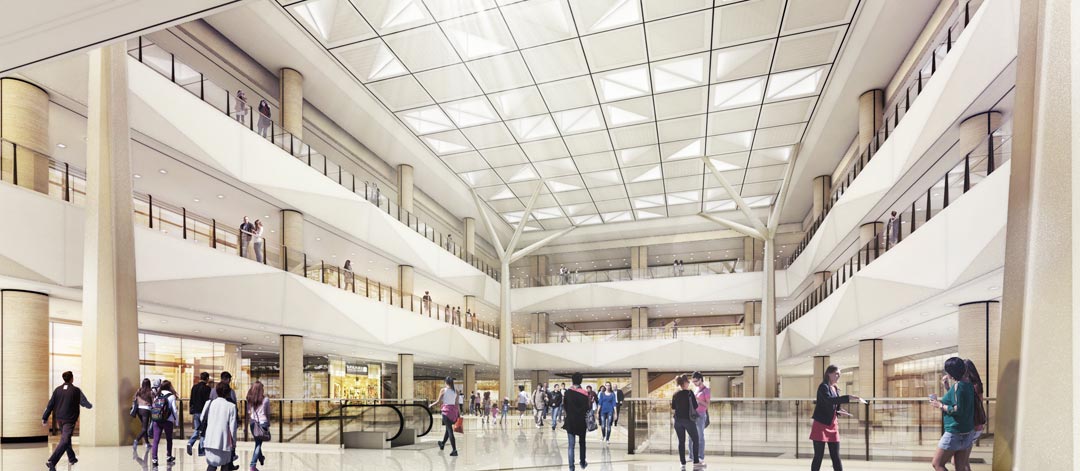
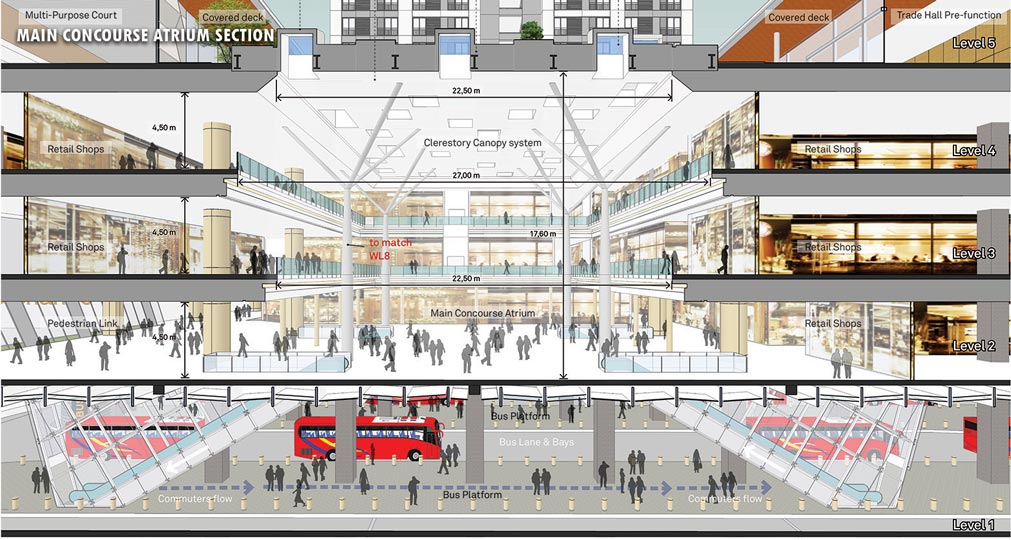
Apart from discouraging car use, our goal is to promote, at least within the area, two underrated forms of transportation: cycling and walking. With bike racks provided within the development, cyclists will no longer contend with leftover spaces on the street to park their bikes. A network of wide, covered, and well-lit elevated walkways, open 24 hours, will connect to existing neighboring properties like the Glorietta malls on the northwest, the SM Makati mall on the southwest, and the Ayala-McKinley Transport Terminal across EDSA, which serves buses going to the nearby Bonifacio Global City.
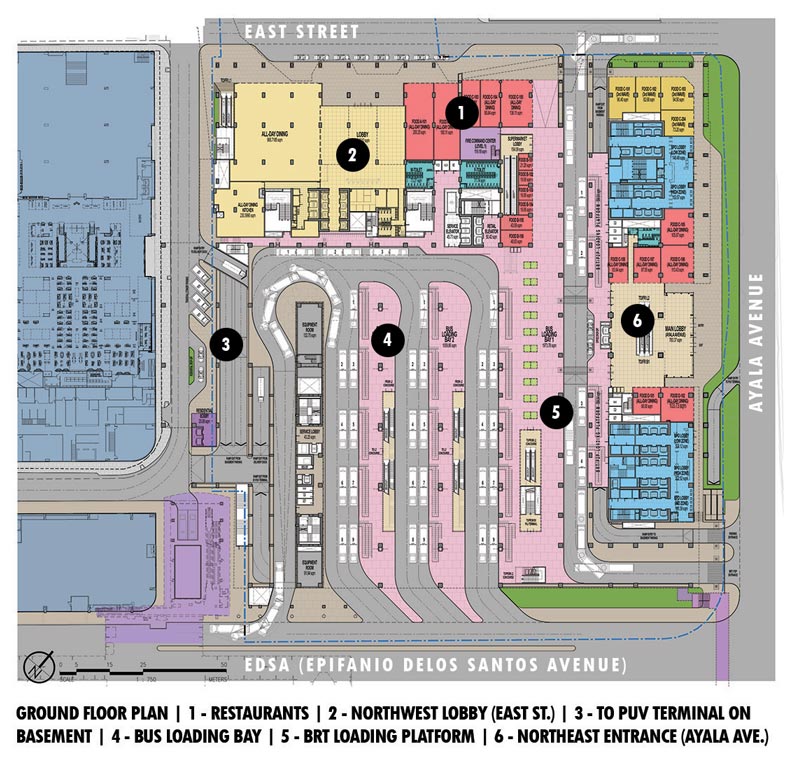
Public art by emerging and established local artists, and facade articulations inspired by the aesthetic of Philippine National Artist Arturo Luz will keep the development on a walkable, human scale. Aside from wayfinding, the installations will serve as placemakers best appreciated on foot than from a car. A vibrant and active ground plane will serve a two-pronged purpose: to drive foot traffic to the fine-grained retail spaces and ensure a defensible public space for those who work graveyard shifts in BPO offices.
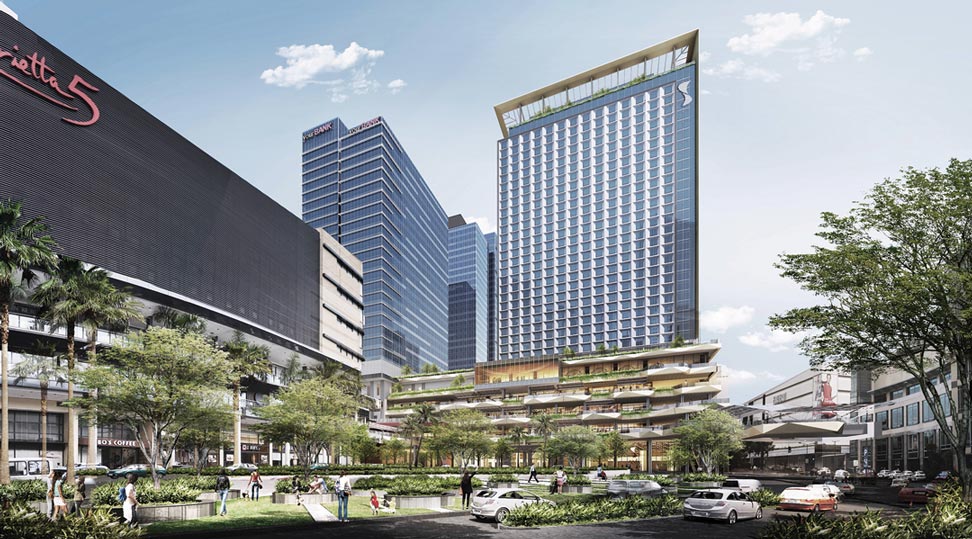
More than a commercial development, we see One Ayala as a public transport infrastructure, a catalyst for properties around it to follow. In a dense city where architects compete for iconic silhouettes, Visionary Architecture differentiates itself by focusing on improving the public realm, working around the constraints of market forces, and creating opportunities for more people to move around and enjoy the places designed for them. At a higher level, our purpose is to liberate the working class from a crippling sense of cynicism, empower them to pursue other worthwhile activities and to spend more time with their families, and give them back the dignity of travel they rightfully deserve. ![]()


